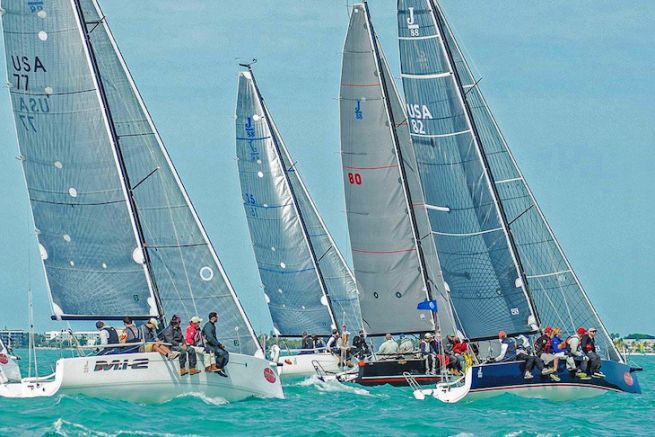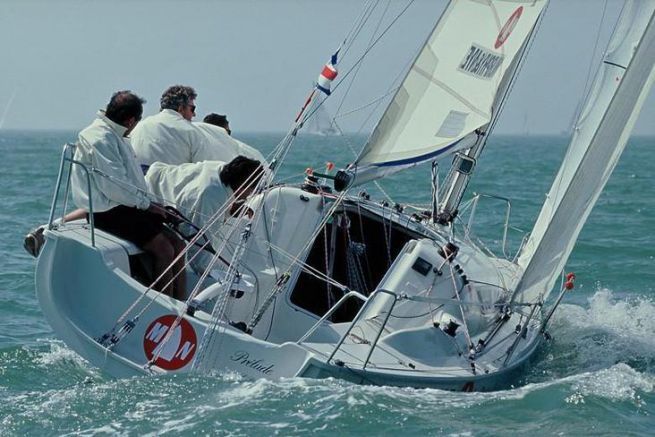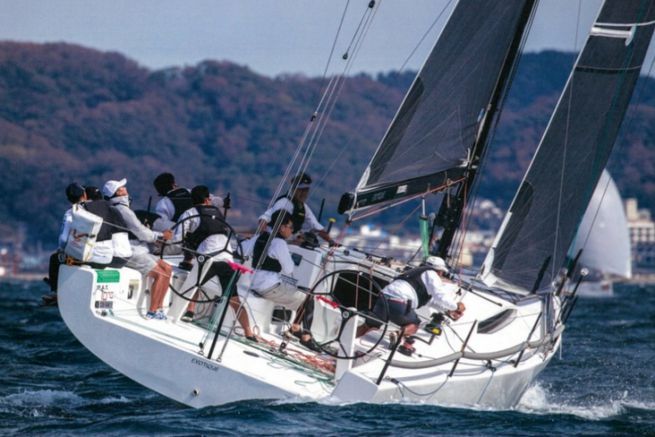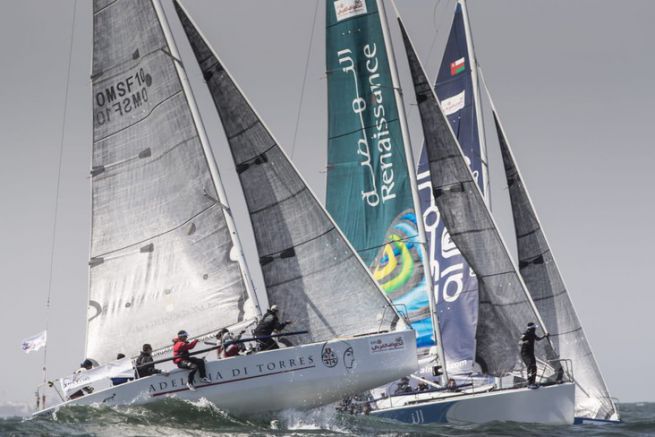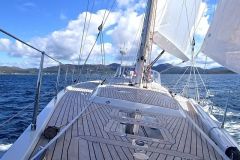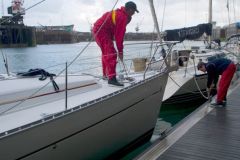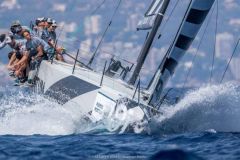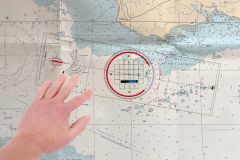Sailboats are all very different and shortcomings upwind can be explained by many factors that often depend on each other. However, there are important principles to follow to be effective upwind, especially in the medium.
How to define the wind médium??
It's usually the best part. It's ideal, you're sailing at full power, the sea is fairly flat and the speed is maximum. These conditions are often between 12-18 knots (depending on the weight/power ratio of the boat). If you can't steer in these conditions, you will never be able to.
Trim the sails to their maximum
Under these conditions, the sails can be tucked in and out. For those equipped with a clew retractor for headsail (inhauleur), this is the time to use it. The genoa is fully tucked in, just touching the spreader and solenting it in the middle of the spreader. The mainsail can be trimmed at the limit of the upper pennant stall.
If you reach the target speed too easily, you can certainly tuck in harder. On the contrary, if the boat has difficulty accelerating when you're tugging a little bit, you've tucked in too much.
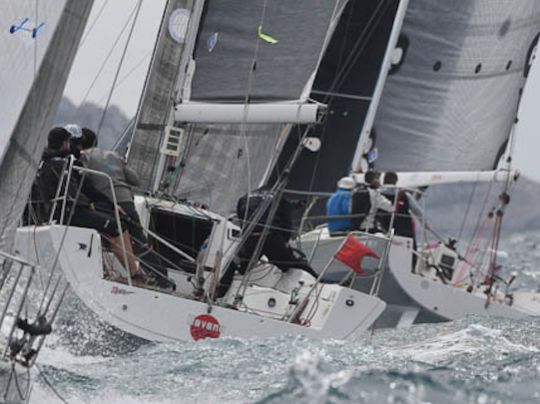
The angle of heel dictates its law
Penons are essential in light weather (LINK) as well as in unstable wind (LINK), but as the wind gets stronger and becomes medium, they lose interest. All you need is a constant angle of heel. To do this properly, in a ripple, you let the boat ride upwind so that it doesn't heel too much. On the other hand, in lulls, you can let the boat heel down slightly to maintain the heel.
The ideal angle of heel varies according to the type of yacht. For most displacement monohulls, it will be about 15/20 degrees, rarely more. The pressure in the tiller is proportional to the heel. The rudder angle should be limited to three to five degrees. More rudder angles would mean you are too heeled over.
Every mockery is an opportunity to turn the ship around. The boat is already at full speed, so you can build up pressure without losing all speed. In these conditions, it is absolutely necessary to steer into the wind to anticipate the arrival of the wind on the boat. A crewmember can be assigned to observe and announce the wind accelerations visible on the surface of the water.
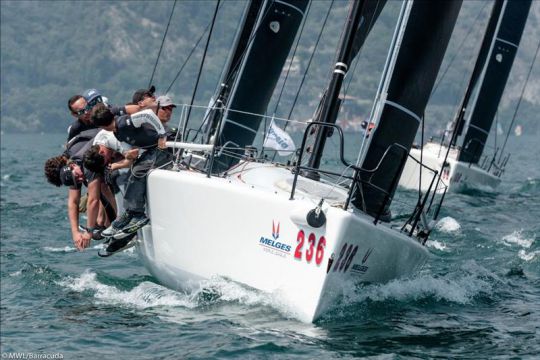
Maximum recall
The more effective the crew will rappel, the faster you'll sail. This is where sailing becomes a sport?!
To catch and go fast you really have to "hurt yourself" by pushing through the channels. The headsail trimmer is more precious when rappelling (anyway, the sail is fully trimmed). Don't let the future preparation of the spinnaker disturb you. Only the last upwind edge before the mark deserves to make a sprain on the max. abseiling.
Flat sails and tensioned rigging
Most racing yachts quickly go from underpower to overpower. If you adjust the tension of the shrouds according to the wind, this is the time to tighten the rigging. Reducing the forestay jib will help you to steer better.
The sails should resemble razor blades shearing the wind. The power is sufficient, the drag must now be reduced by refining the sails. For the mainsail, the halyard and the foot are tensioned. Take up the backstay again to tension the forestay and open the mainsail leech in the strongest winds. For the headsail, the halyard is also tensioned and the carriage is moved back (or the ring is raised for 3D systems).
